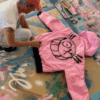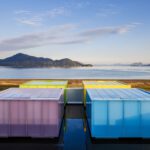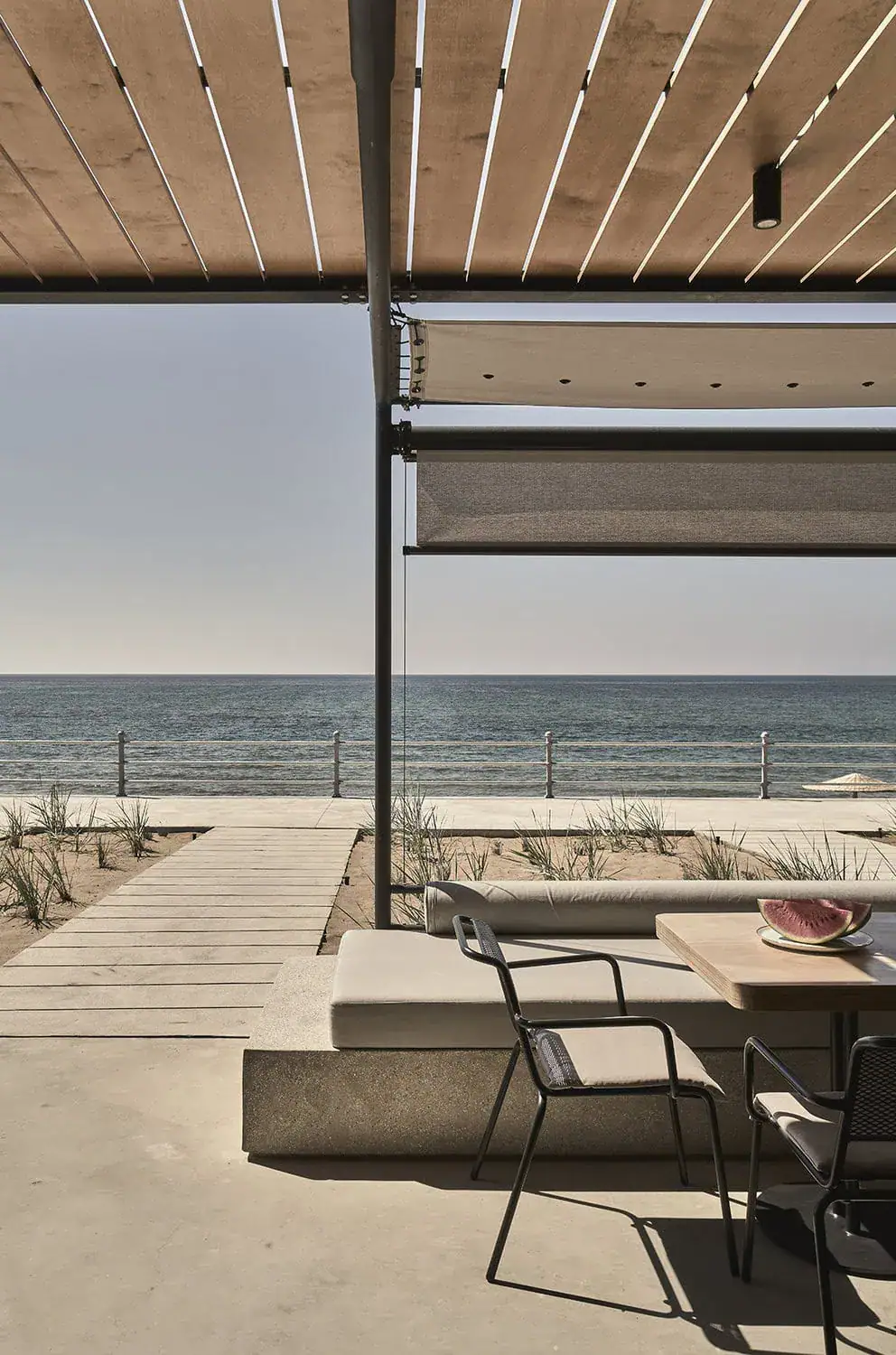What remains of a life once it fades away?
The body decays, the voice falls silent – but the trace, the work, remains. Art is more than a medium of expression; it is a metaphysical resistance against time. As humans, aware of our mortality, we carry an ancient longing to leave traces behind. The cave paintings of Lascaux, created over 17,000 years ago, are not merely images – they are an attempt to pierce through time itself. A voice from the depths of the past that rebels against silence.
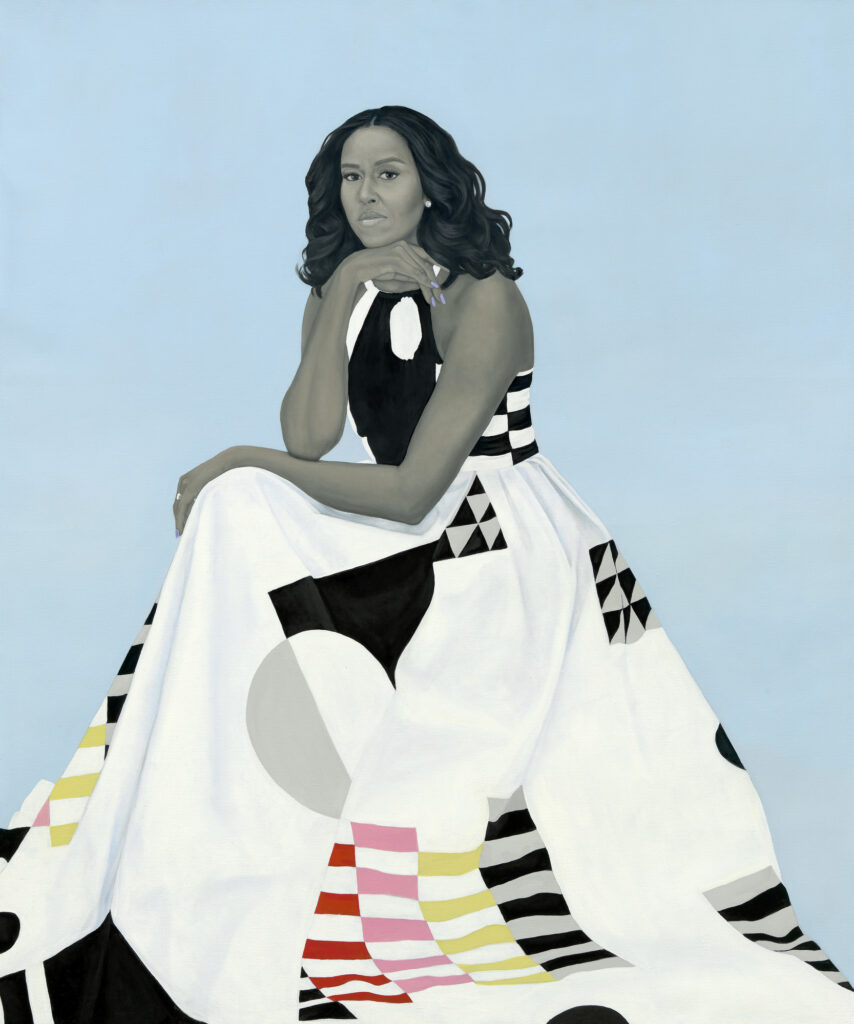
Art as a Machine of Transcendence
Philosopher Immanuel Kant distinguished between the “thing-in-itself” and its “appearance”. Art, too, is more than what it reveals. It is a symbol, a projection, a myth. Within an artwork, time, history, biography, hope, and fear condense. The marble body of the Venus de Milo, the brushstrokes of Turner, or the performative presence of Marina Abramović – all these forms transcend their physical materiality. Art becomes a world of its own, cyclical and timeless, a parallel existence beyond the daily flow.
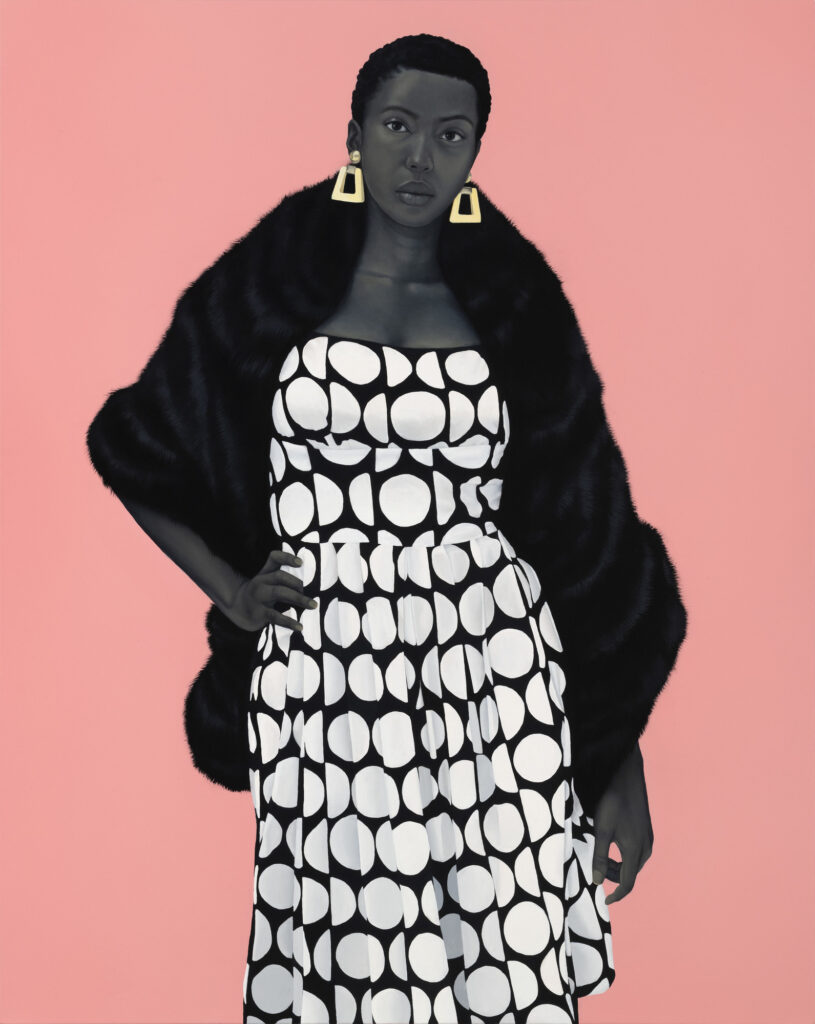

The Artist as Prophet of Eternity
“An artwork begins to live when its creator dies,” wrote Jean Cocteau. Van Gogh, unrecognised in life, now exists in every gesture of his paintings – no longer just Vincent, son of a pastor, but an image, a myth, part of our collective cultural memory. His sunflowers never wilt, because they were never real – and are reborn each day through the viewer’s gaze.
Marina Abramović captured this tension of presence and impermanence in her performance The Artist Is Present (MoMA, 2010). Sitting silently opposite her visitors, hour after hour, day after day, her physical presence became a ritual of overcoming time – an ephemeral act burned into cultural memory.
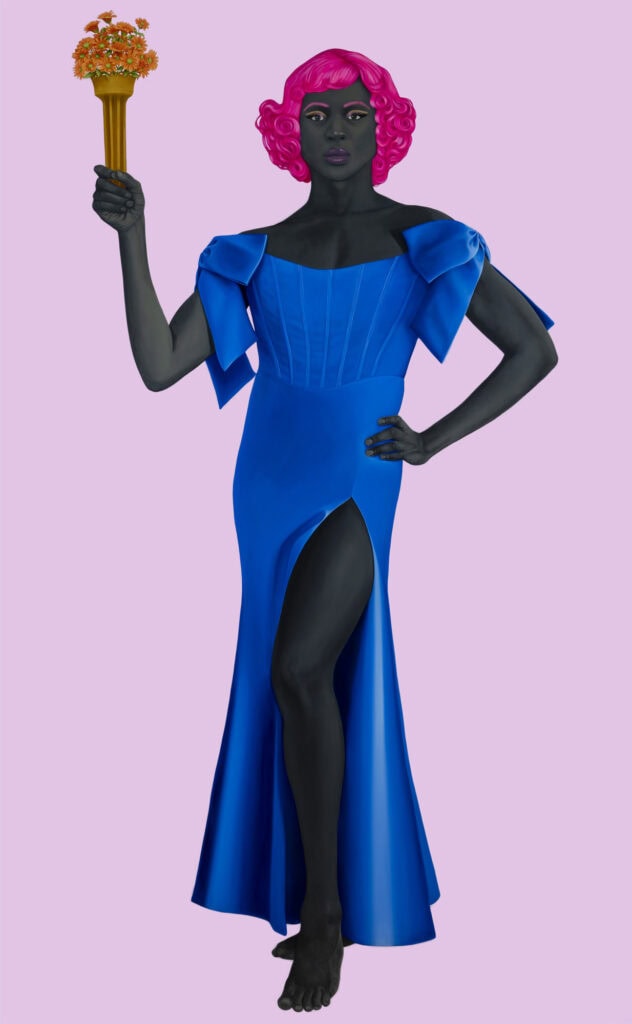
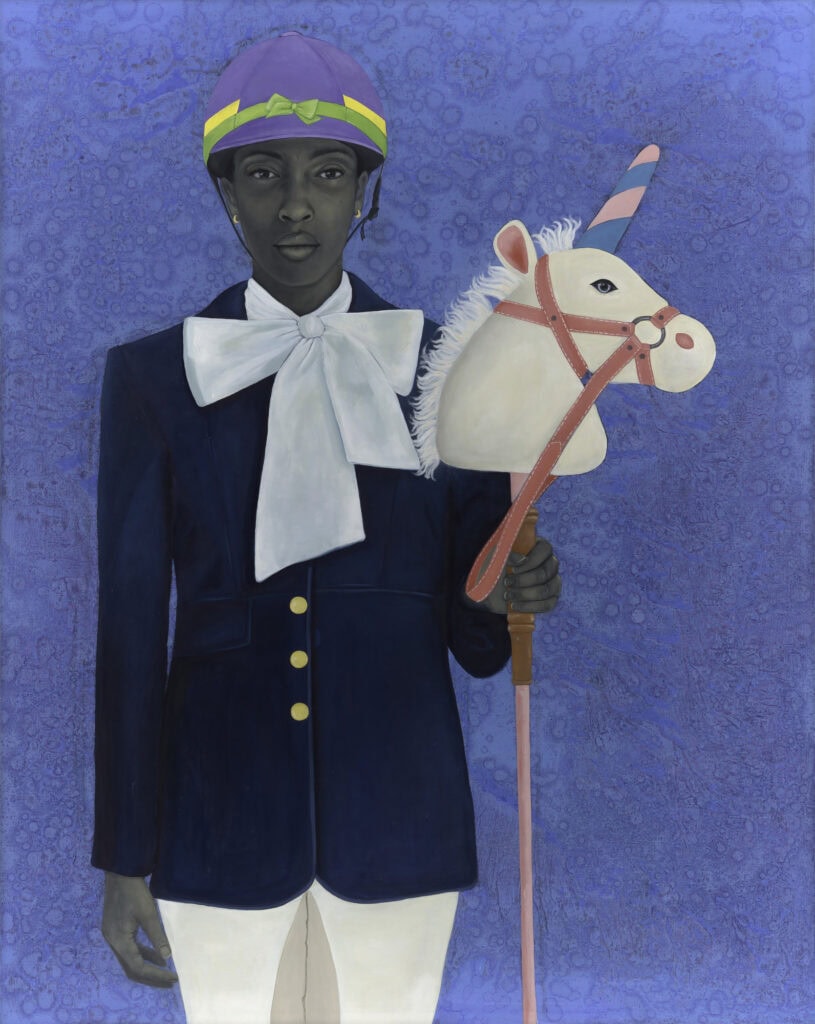
Between Memento Mori and Apotheosis
Art always exists between two poles: Memento Mori – remember that you are mortal – and Apotheosis – the elevation into the divine. Caravaggio’s drama, Goya’s grotesques, Warhol’s repetitions of the banal: all carry this duality. Warhol’s Marilyn Diptych (1962), created after her death, is more than a Pop Art icon; it is a colourful shroud. Serial reproductions show the mechanics of mortality, while aesthetic glorification simultaneously creates immortality – a new saintly image in the age of mass media.
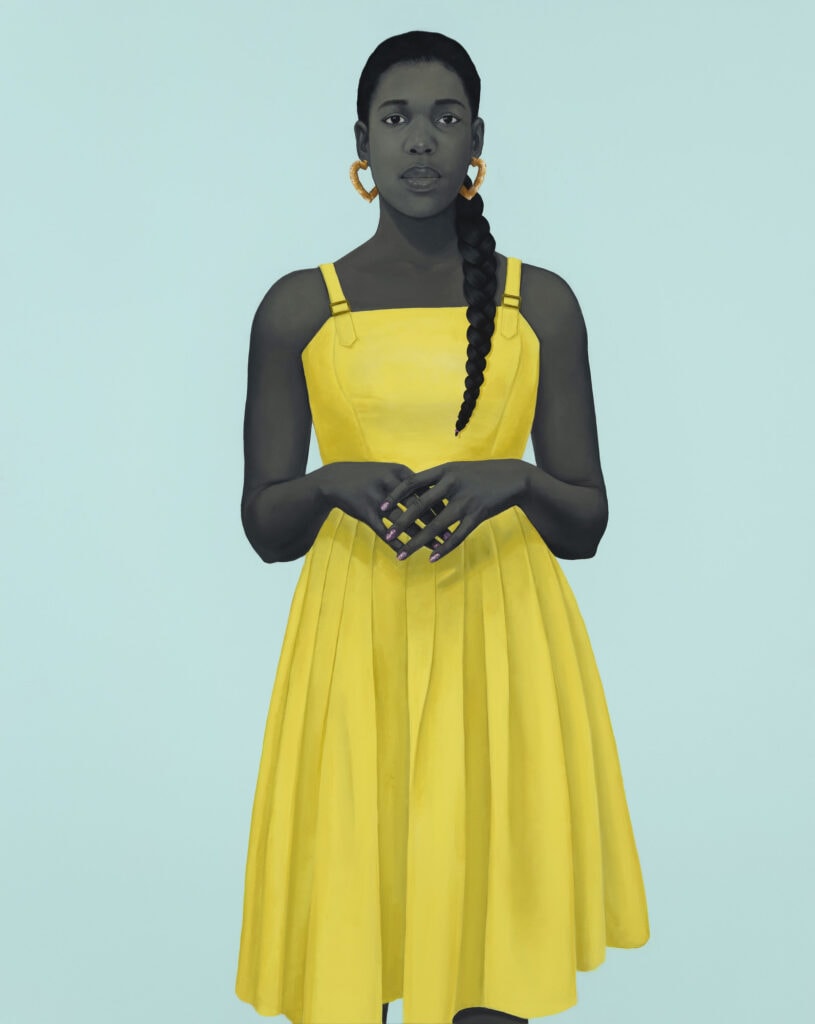
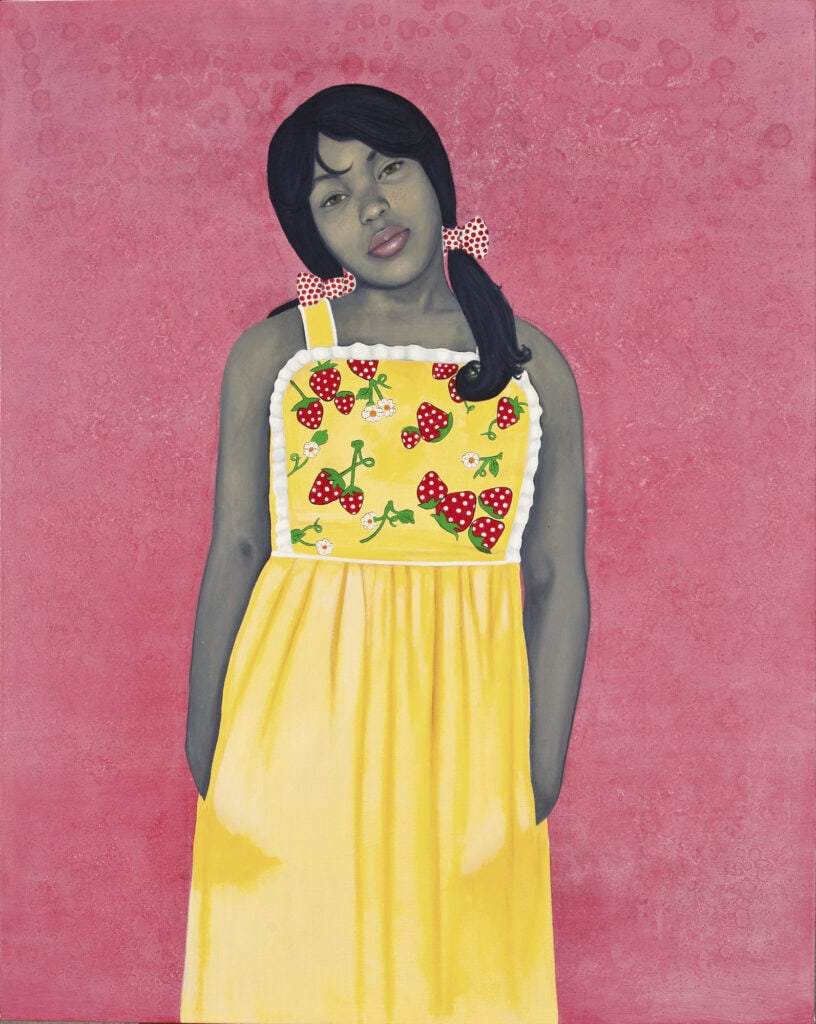
Artist Sophie Calle transforms personal loss into universal memory. In Exquisite Pain (2003), she documents her heartbreak and juxtaposes it with anonymous stories of pain. Here, pain becomes aesthetic form, and form becomes collective memory – another way to transcend time.
The Work as Anchor in Time
Horace wrote: Exegi monumentum aere perennius – “I have created a monument more lasting than bronze.” This is art’s ancient self-promise. Art is no guarantee against forgetting, but it is a serious attempt to leave a trace. In the gesture, the image, the sound lies the claim: I was here. I felt. I transformed. And those who see, feel, and remember breathe life back into the work. Thus, the artist lives on. Not as a person – but as an impact. Perhaps this is the only true form of immortality.
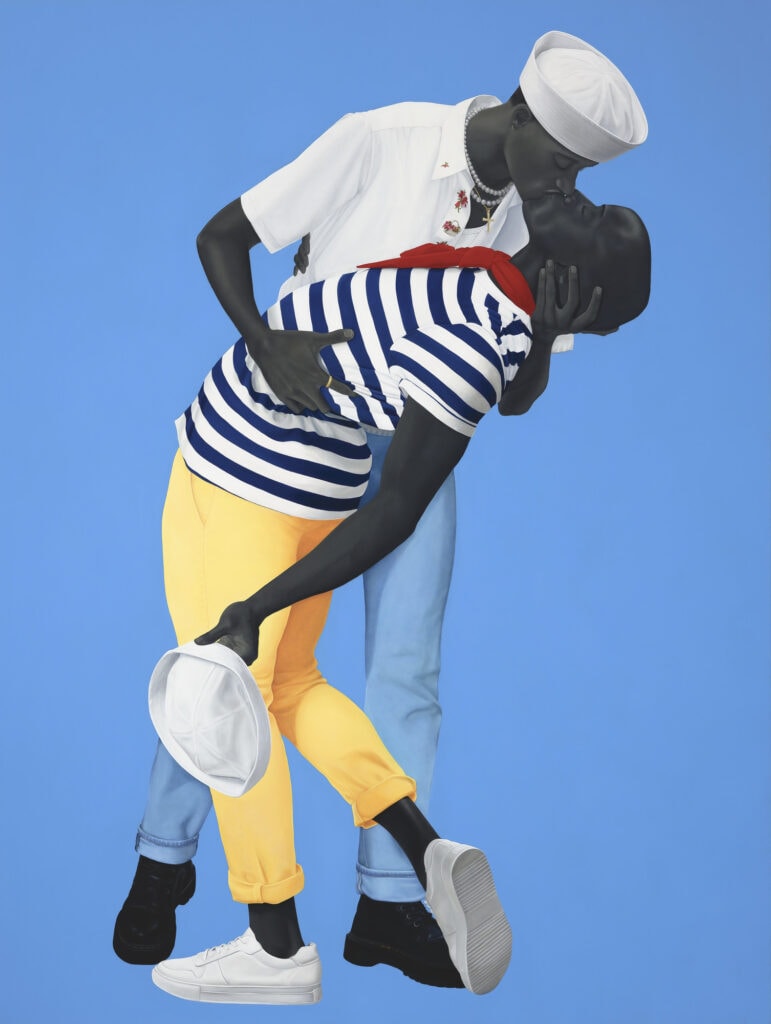
Where to Experience the Eternal Today
Yayoi Kusama, “Infinity” – National Gallery of Victoria, Melbourne (until 21 April 2025)
A meditation on infinity through mirrors, light, and repetition. Kusama explores the boundary between self and cosmos in her Infinity Rooms – the visual embodiment of the infinite.
“Rendezvous of Dreams. Surrealism and German Romanticism” – Hamburger Kunsthalle (13 June – 12 October 2025)
Caspar David Friedrich meets Max Ernst: fog and solitude encounter the imagery of the unconscious. Two worlds united by the dream of transcendence.
Amy Sherald, “American Sublime” – Whitney Museum of American Art, New York (9 April – 10 August 2025)
Sherald gives African-American bodies a dignified monumentality, transforming each portrait into an immortal aesthetic form.
“Civilization. How We Live Now” – Kunsthalle Munich (11 April – 24 August 2025)
A photographic cartography of the present, framing today as the memory of tomorrow.



